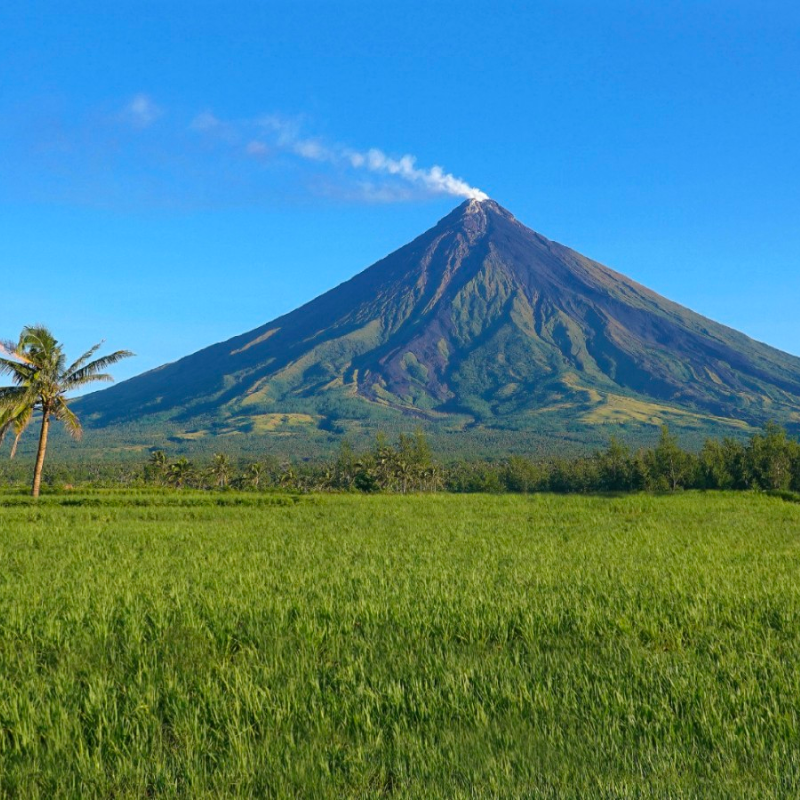About the initiative
An international exhibition of Contemporary Art and Installation will be held in the city of Albay, Iriga and Naga, which are designated in region 5 of Philippines. Bicol X is an initiative to bring a contemporary art festival to BICOL. The exhibitions will be set in spaces across the three cities as mentioned, with a variety of art events being held in site-specific public and private spaces (heritage buildings and structures not being used).
We are inviting artists from different disciplines and across the region of South-East Asia and South Asia to explore the spaces of the Bicol region and reflect on its nature using this platform. It’s a field based art explorations where the artists will get a chance to communicate, live and experience the local life in Bicol.
Alongside these exhibitions, Bicol X will also offer a rich programme of talks, seminars, screenings, workshops, educational activities, music and food for all ages. This will be an inclusive and diverse art and cultural initiative.


Bicol Region
The Bicol region was known as Ibalong, variously interpreted to derive from ibalio, “to bring to the other side”; ibalon, “people from the other side” or “people who are hospitable and give visitors gifts to bring home”; or as a corruption of Gibal-ong, a sitio of Magallanes, Sorsogon where the Spaniards first landed in 1567. The Bicol River was first mentioned in Spanish documents in 1572. The region was also called Los Camarines after the huts found by the Spaniards in Camalig, Albay. No prehistoric animal fossils have been discovered in Bicol and the people of the region remain obscure. The Aeta from Camarines Sur to Sorsogon strongly suggest that aborigines lived there long ago, but earliest evidence is of middle to late Neolithic life.
A barangay (village) system was in existence by 1569. Records show no sign of Islamic rule nor any authority surpassing the datu (chieftain). Pre Colonial leadership was based on strength, courage, and intelligence. The native seemed apolitical. Thus, the datu’s influence mattered most during crises like wars. Otherwise, early Bicol society remained family centered, and the leader was the head of the family.
